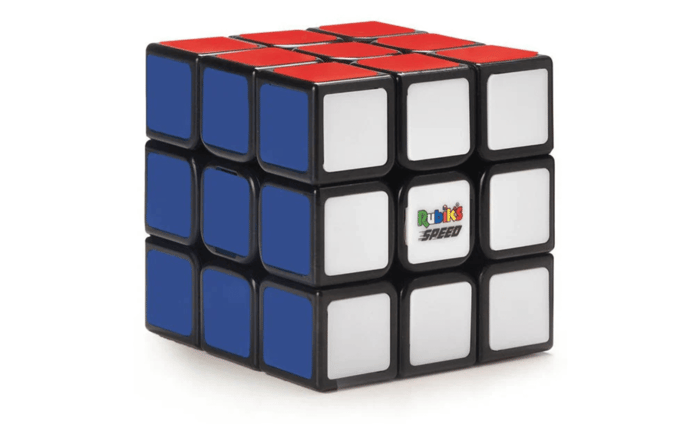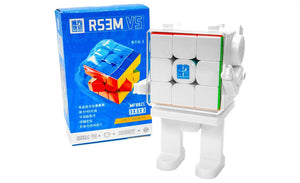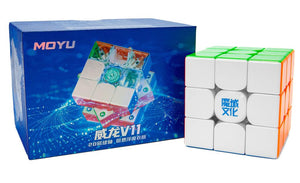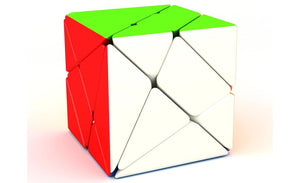If you're a speed cuber looking to shave seconds off your solve times, getting faster at CFOP is essential. CFOP, which stands for Cross, F2L, OLL, and PLL, is a popular and efficient method many top-speed cubers use. In this blog, we'll explore various strategies and tips to help you get faster at CFOP, improving your overall performance.
1. Perfect the Cross

The Cross is the foundation of the CFOP method, and getting faster at CFOP starts with mastering this step. Here are a few tips:
● Plan During Inspection: Use the 15 seconds of inspection time to plan your cross moves. Try to visualize the entire sequence before you start solving.
● Efficient Moves: Aim to solve the Cross in 8 moves or less. Practice different scenarios and find the most efficient algorithms.
● Practice Cross on Different Faces: While starting with the white Cross is common, practicing on other colors can improve your overall flexibility and recognition skills.
2. Optimize F2L

The First Two Layers (F2L) is the most time-consuming part of the CFOP method. Here's how to get faster:
● Lookahead: Instead of focusing on solving one pair at a time, try to look ahead to the next pair while solving the current one. This reduces pauses and increases your solve speed.
● Finger Tricks: Learn and practice finger tricks to execute F2L algorithms more quickly and smoothly.
● Algorithm Efficiency: While intuitive F2L is essential, learning and practicing efficient algorithms for complex cases can significantly reduce solve times.
3. Master OLL

Orienting the Last Layer (OLL) involves learning and recognizing 57 different cases. Here's how to tackle this step:
● Algorithm Learning: Start by learning the most common OLL algorithms. Gradually increase your repertoire until you know all 57 cases.
● Recognition: Practice recognizing OLL patterns quickly. The faster you can identify the pattern, the quicker you can execute the algorithm.
● Drills: Perform OLL drills where you repeatedly solve random OLL cases. This will help you improve both recognition and execution speed.
4. Polish PLL

Permuting the Last Layer (PLL) is the final step in the CFOP method. Here's how to speed it up:
● Algorithm Knowledge: There are 21 PLL algorithms to learn. Make sure you know them all and can execute them without hesitation.
● Practice: Regular practice is crucial. Do PLL time attacks where you solve the PLL step repeatedly to improve speed and accuracy.
● Finger Tricks: Just like with F2L, finger tricks are essential for executing PLL algorithms quickly.
5. General Tips for Getting Faster at CFOP
● Timing and Tracking: Use a timer to track your solve times. Analyze your performance to identify areas for improvement. The SpeedStacks (G4) Timer we sell here on SpeedCubeShop is a perfect timer for at-home practice.
SpeedStacks G5 Pro Timer

$ 32.95
Speed cube timers are a must-have for any serious cuber. The SpeedStacks G5 Pro cube timer features a sleek redesign with reinforced buttons, multiple timing modes, and a compact design. Whether you're training for competitions or just improving your solve… >> SHOP PRODUCT <<
● Break Down Solves: Occasionally break down your solves to focus on specific areas, such as Cross, F2L, OLL, or PLL.
● Stay Updated: Follow speedcubing communities and forums to stay updated on new techniques and algorithms.
● Practice, Practice, Practice: Consistent practice is key to getting faster. Set aside regular practice sessions and focus on one aspect of CFOP at a time.
For more detailed information on the CFOP method, you can refer to our previous blog post, What is the CFOP Speed Cubing Method? By incorporating these tips and dedicating time to practice, you'll become faster at CFOP and achieve your speedcubing goals. Happy cubing!





























